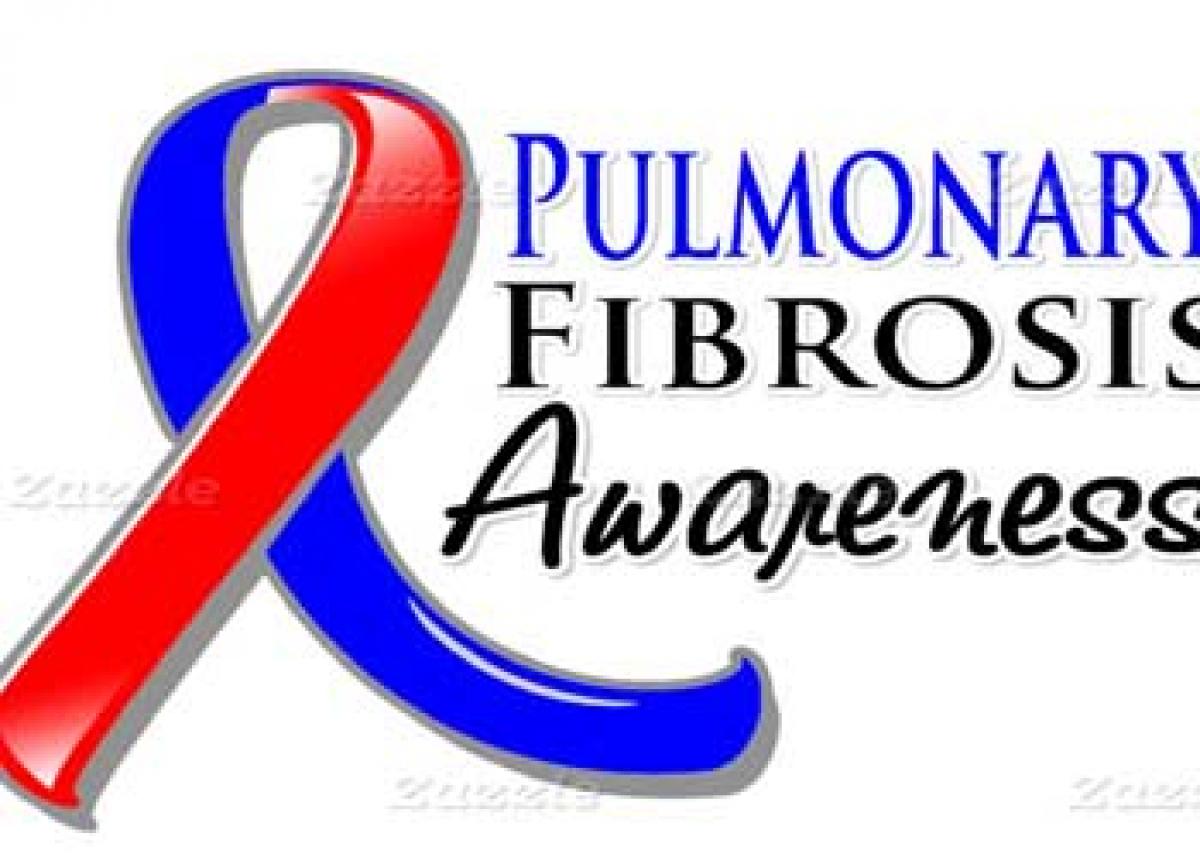Live
- Indian students' concerns about employment, safety, and visas discourage them from applying to UK universities
- Candlelight Concerts Makes a Dazzling Debut in Hyderabad with Sold-Out 'Tribute to Coldplay' Show
- Shubman Gill Sustains Thumb Injury Ahead of Perth Test; Devdutt Padikkal Joins Test Squad
- Unlock Loot Boxes, Diamonds, Skins, and More Exciting Rewards with Garena Free Fire Max Redeem Codes for November 16
- Regarding the DOGE Plan, Vivek Ramaswamy stated, "Elon Musk and I Will Take a Chainsaw to Bureaucracy"
- Sudanese army says repulsed paramilitary forces attack in western Sudan, killing over 80
- Jaipur Open 2024: Baisoya makes a grand comeback to clinch title in marathon playoff against Rashid Khan
- Jamaat-e-Islami Hind President asks cadre to reach out to larger society beyond community
- Why PM mum on Caste Census, removing 50 pc quota limit: Rahul Gandhi
- Barrackpore Municipality Vice-Chairman found dead at home, suicide note suggests blackmail





 The scenario for patients suffering with Pulmonary Fibrosis has become brighter with guideline approved drugs available at affordable cost and more than 5,000 doctors actively treating through the IPF therapy. Pulmonary fibrosis is more serious than just having a scar in your lung. In PF, the scar tissue builds up in the walls of the air sacs of the lungs, and eventually the scar tissue makes it hard for oxygen to get into your blood.
The scenario for patients suffering with Pulmonary Fibrosis has become brighter with guideline approved drugs available at affordable cost and more than 5,000 doctors actively treating through the IPF therapy. Pulmonary fibrosis is more serious than just having a scar in your lung. In PF, the scar tissue builds up in the walls of the air sacs of the lungs, and eventually the scar tissue makes it hard for oxygen to get into your blood. 



